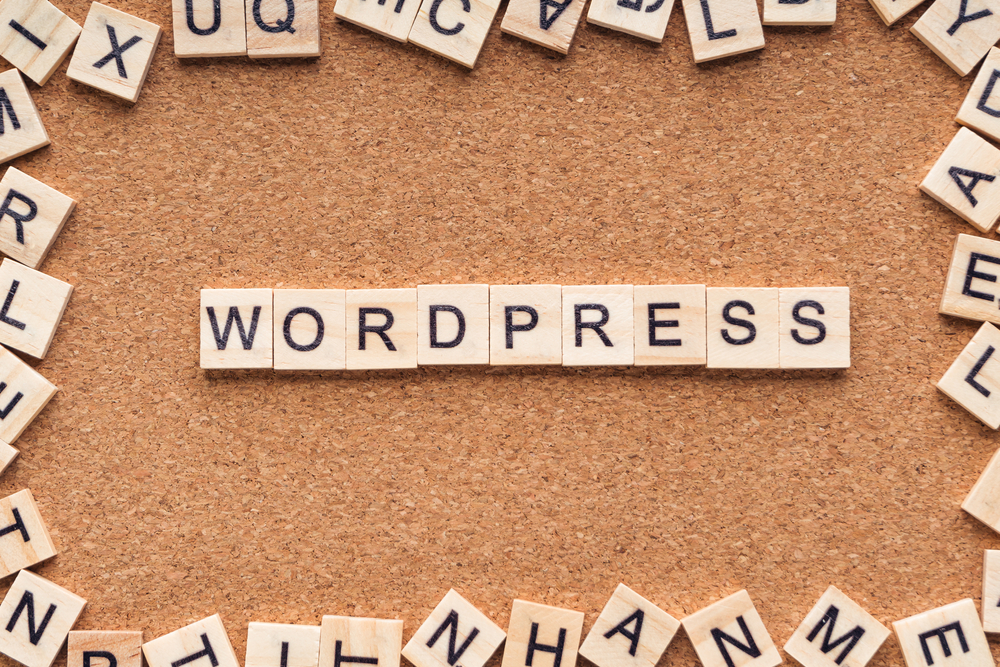
Mastering WordPress Customization & Maintenance: Essential Tips & Tricks

WordPress (the blogging platform) is undoubtedly one of the most popular content management systems (CMS) available today. Its flexibility and user-friendly interface have made it the go-to choice for millions of website owners. Whether you are a beginner or an experienced user, this article will provide you with essential tips and tricks to master WordPress (the platform for bloggers) customization and maintenance. With these practical insights, you will be able to take your WordPress (WP) website to the next level and ensure its smooth functioning.
1. Choosing the Right Theme:One of the key aspects of WordPress customization is selecting the right theme. A theme determines the overall look and feel of your website. It is important to choose a theme that aligns with your brand identity, is responsive, and offers the necessary functionality. There are countless free and premium themes available for WordPress (or WP) , so take your time to explore and narrow down your options before making a final decision. Consider factors such as design, customization options, compatibility, and customer reviews.
2. Customizing the Appearance:
Once you have chosen a theme, it's time to customize the appearance of your website. WordPress provides a built-in customizer tool that allows you to modify various elements such as colors, fonts, and layout. To access the customizer, go to "Appearance" in the WordPress dashboard and select "Customize". From there, you can experiment with different settings and preview the changes in real-time. Customization options may vary depending on your theme, but you will generally be able to control the header, footer, widgets, and navigation menus.
3. Installing Essential Plugins:
Plugins are a crucial part of WordPress customization and maintenance. They extend the functionality of your website, allowing you to add features and improve its performance. However, it's important to be selective when installing plugins, as using too many can slow down your website or even compromise its security. Some key plugins that every WordPress website should have include:
a) Yoast SEO: Enhances your website's search engine optimization by providing comprehensive tools for optimizing content, meta tags, sitemaps, and more.
b) Akismet Anti-Spam: Protects your website from spam comments and contact form submissions, keeping your content clean and secure.
c) Jetpack: Offers a suite of performance and security features, including website backups, site statistics, and social media integration.
d) W3 Total Cache: Caches your website's pages to improve loading speed, ensuring a smooth user experience.
e) UpdraftPlus: Allows you to easily backup and restore your website, protecting your data and providing peace of mind.
4. Regular Updates:WordPress releases regular updates to its core software, themes, and plugins to fix bugs, introduce new features, and enhance security. It is crucial to keep your WordPress installation, theme, and plugins up to date to ensure optimum performance and protect against vulnerabilities. Regularly check for updates in the WordPress dashboard and install them promptly. However, before updating, it is advisable to take a backup of your website, as sometimes updates can cause compatibility issues with certain themes or plugins.
5. Optimizing Website Speed:
Website speed is a critical factor that affects user experience and search engine rankings. Slow-loading websites are frustrating for visitors and can lead to high bounce rates. To optimize your WordPress website's speed, consider implementing the following techniques:
a) Choose a reliable web hosting provider that offers fast servers and excellent uptime.
b) Optimize your images by compressing them without compromising quality. Use plugins like Smush or EWWW Image Optimizer to automate this process.
c) Enable a caching mechanism such as W3 Total Cache, which stores static versions of your web pages, reducing the time it takes for your website to load.
d) Minify your CSS and JS files by removing unnecessary spaces, line breaks, and comments. Plugins like Autoptimize can handle this automatically.
e) Keep your website lean by removing unnecessary plugins, themes, and media files that are no longer in use.
Frequently Asked Questions:
Q1: Can I customize my WordPress website without coding knowledge?
A1: Yes, you can customize your WordPress website without any coding knowledge. WordPress provides a user-friendly interface and a variety of customization options through its customizer tool and plugins.
Q2: How often should I update my plugins and themes?
A2: It is recommended to update your plugins and themes as soon as updates become available. Regular updates ensure that you have the latest features, bug fixes, and security patches.
Q3: What are some important security measures for WordPress websites?
A3: To enhance the security of your WordPress website, consider enabling a firewall, using strong passwords, restricting login attempts, regularly backing up your site, and installing a security plugin such as Wordfence or Sucuri.
Q4: Are there any SEO plugins that can help improve my website's rankings?
A4: Yes, Yoast SEO and All in One SEO Pack are two popular WordPress plugins that provide comprehensive tools to improve your website's search engine optimization.
Q5: How can I troubleshoot common WordPress issues?
A5: When facing common WordPress issues such as plugin conflicts or theme compatibility problems, start by disabling all plugins and switching to a default theme to identify the source of the issue. You can then reactivate plugins or seek support to resolve the problem.
In conclusion, mastering WordPress customization and maintenance is essential for creating a unique and successful website. By following the tips and tricks outlined in this article, you will be well-equipped to customize your website's appearance, optimize its performance, and ensure its security. Remember to choose the right theme, install essential plugins, keep your WordPress installation up to date, optimize website speed, and address any common issues that may arise. With dedication and the right approach, your WordPress website will thrive, attracting visitors and achieving your desired goals.
Other useful resources
- https://www.wordpress24plus.com/wordpress-tools-directory/
- https://en.wikipedia.org/wiki/WordPress